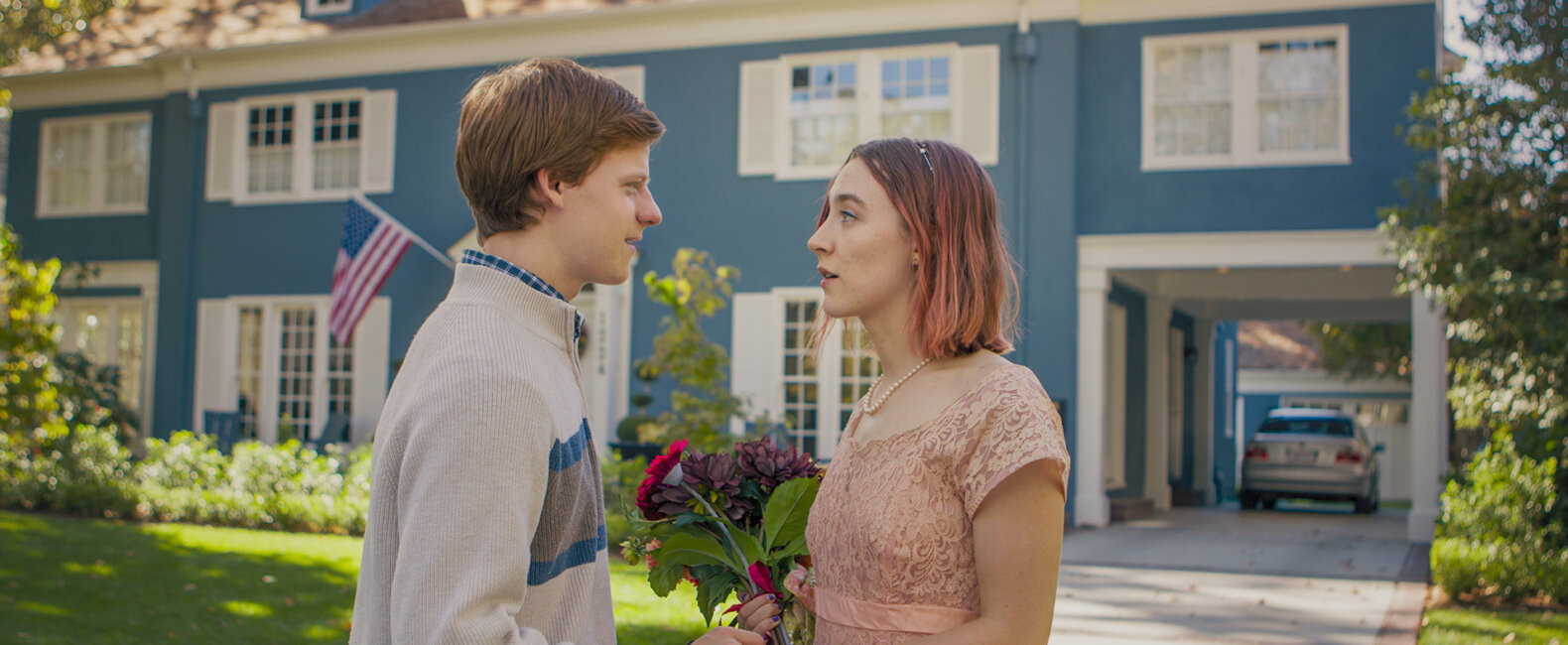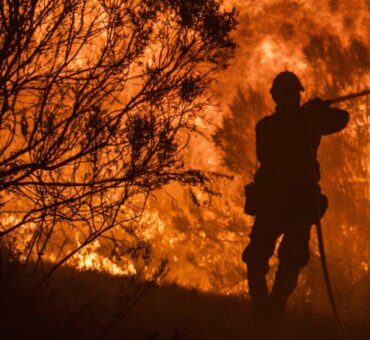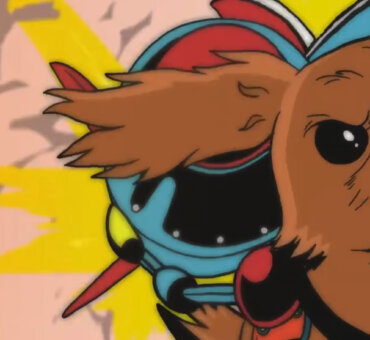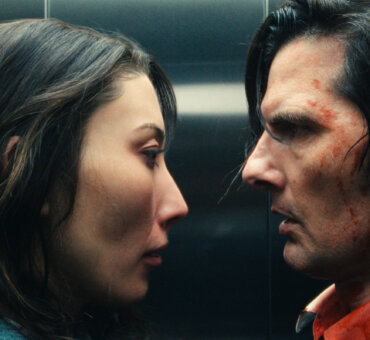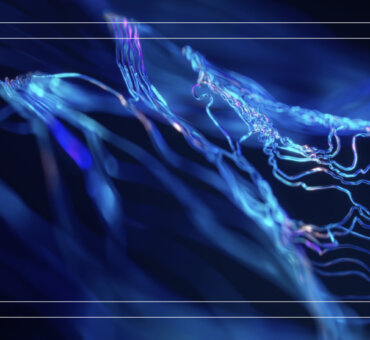Lady Bird is the kind of film that truly finds life in the edit, relying on perfect timing for its punchlines and dramatic punctuations—in short, it’s the film most editors dream about working on. This particular dream project fell in the lap of Nick Houy, an Emmy-winning editor who was introduced to the film’s writer/director/acclaimed auteur, Greta Gerwig, through a colleague. That introduction sparked the kind of collaboration that can only come from two creators who understand the value of protecting and elevating a story’s emotional core. Houy made it clear to us that, without emotion, his take-notice editing job wouldn’t have been possible.
“Audiences… rarely realize that the editor is often the one crafting that footage to make sure the emotion is felt. … I’m doing my job right if that process affects me.”
Houy immediately clicked with Gerwig’s next-level nostalgic script that harkens back to a time in all of our lives when your family can be as much of a hindrance as it is a catalyst. The film deeply resonates because it applies to anyone who’s ever been young. It connects, in large part, because of its masterful editing.
Here’s our conversation with Nick Houy.
Filmsupply: What led you to editing?
Nick Houy: I went to the University of Colorado Boulder, which has a great experimental film school. I came out of there wanting to work in New York or LA, and I thought New York would be the best place.
How very Lady Bird of you.
[Laughs] Yeah, I guess so. But when I got to New York, I ended up doing a little bit of everything. I drove producers around; I drove costume designers around. I drove a lot. That’s the life of a PA. After a while, I landed a job as an apprentice in a cutting room, which seemed more directly associated with storytelling. When you’re on set all day, waiting around or driving around, you feel very distant from the storytelling process. In the cutting room, you can see the dailies and watch the story take shape. It was a much more interesting way to work my way up.
What was it like coming onto Lady Bird after everything was wrapped instead of being on set to see the dailies?
I love working on dailies, actually. In this case, I wasn’t able to. They were shooting in California, another editor was on set during shooting, and I came on a little while after the assembly. It was unusual for me to come on at that point, but I also liked it because it gave me such a clear vision of what could work better. Being removed from it during shooting sort of helped me make quick decisions with a fresh perspective. It was fun to roll up my sleeves and just help make it the movie I knew it could be.
Was the script helpful in pulling that off, structurally speaking?
Absolutely. When a writer or director understands editing as well as Greta Gerwig does, you’re in great shape. The script has such a staccato rhythm, and many of the scenes as written were just as economical as they are in the movie. We certainly already had the movie’s tone and rhythm laid out.
Did you stick to the script, or did you ever push for changes?
Well, of course, I did; that’s my whole job every day. As they say, editing is like the final draft of the film. Lady Bird was the best script I’d ever read. But when you’re doing the assembly or looking at a first cut, you and the writer/director usually know right away which scenes could go on the cutting room floor because they aren’t pushing the story forward. Sometimes when you see things actually play out, just a look tells so much more than a spoken line, and sometimes you realize you don’t even need many of the lines in a scene. It just depends. Sometimes if we lose a scene, I try and save what bits I feel aid the story by finding somewhere else to move it.
We did that a fair amount—moved scenes or bits of scenes around to see how they played against each other and what context they put each other in with one preceding another. A great example of that is the film’s ending. She was originally supposed to walk outside and make a phone call. It was such a beautiful scene, but it felt like we needed to get inside her head. We needed people to be moved emotionally; and the more you can tap into what the character is feeling, the better. It doesn’t always make sense at first. It can feel a little like alchemy. But we ended up crosscutting the scenes of the mother and daughter driving, which sort of tied them together in a way that can only be done through the characters’ memories.
You’ll start putting things together that probably won’t work. But if you just keep at it, you’ll come up with something great two out of ten times.
How flexible was Gerwig with those changes?
She was great about it. Most directors I’ve worked with are fantastic at saying, ‘Let’s go down a road.’ You can go down a road for a few days and discover it’s the wrong road. Then you’ve got to come back, but it’s no big deal. She was happy to go down those roads with me, and I was happy to go down those roads with her, and it made for a really great process.
What does going down those roads look like?
Sometimes it’s sort of embarrassing, but that’s art. You have to push yourself and see what you’re truly feeling, and it might not be apparent right away. You have to say, ‘What do I want to feel? What is true to the characters now, and why am I not feeling that right now? How could I feel it better, and how could I tell the story better?’
Sometimes I need to be alone to do that because it’s sort of a raw thing. You’ll start putting things together that probably won’t work. But if you just keep at it, then two times out of ten, you’ll come up with something great.
That sounds like the thought process actors go through when they’re figuring out a character.
Exactly. You have to be emotionally tapped in the same way, or else you won’t do it justice. It has to be emotionally wrenching at times. People don’t talk about film editors having to ‘feel’ the performance like an actor does, but it’s true.
Why do you think that is?
People don’t know what editing is. Audiences can understand that the director and the actor worked together to achieve the emotion they’re feeling when they watch a film. But they rarely realize that the editor is often crafting that footage to ensure the emotion is felt. Sometimes editors achieve it by working with the director; sometimes, they work toward it alone. But ensuring you feel that emotion and operating as the conduit between the actor and the viewer is the editor’s most important contribution to film. Sometimes you’re in a little dark room by yourself, and you get really raw as you try to let those things channel through you. But I’m doing my job right if that process affects me.
How did you approach creating the memory-like vibe in the film?
We directly considered it from the very beginning. The idea of tumbling forward, in a way, was written into the script. We talked about that and how things are sort of fragmented in the way that memories are. We always wanted it to feel some kind of like a memory—both visually and through how we assembled the footage.
Why did you and Gerwig put such a premium on tight timing?
That’s the job. There shouldn’t be a wasted moment. And that doesn’t mean there shouldn’t be breaths, but why should there ever be a wasted moment? This movie has a lovely rhythm to it, and it moves through quite a bit of time very quickly. That’s not what every story calls for, but I love to work that way. When you need to breathe, the film should be breathing; when you need to move, it should be moving.
Did the word cliché ever come up while you were working with Gerwig?
Oh, absolutely. It’s a coming-of-age movie, so there are tons of clichés to watch out for or to play with. Subverting them is a good way to describe what we tried to do, sort of embracing and twisting clichés. The sweet love interest [played by Lucas Hedges] in the beginning is a great example. It’s as if we used that perfect first-love cliché to sort of take the wind out of Lady Bird. It speaks to how in reality, a high school love interest like that can become equally, if not more, important in your life—in a way that you didn’t anticipate or that you struggle to grapple with.
What’s your philosophy for balancing the big-picture message with the details?
You always have to think about the big picture in context when you’re doing the small things, or else you get lost. Beginner editors tend to develop tunnel vision, like, ‘Oh, I’ve got to make this blocking work in this way to get this other character to do this.’ You’re not thinking about the larger scope. And you end up wasting a lot of time because you’re going down the wrong path in a non-constructive way; which, admittedly, you have to do to learn.
The more aware of the larger picture you can be while doing the small things, the better off you will be. And sometimes, the big picture changes. The movie tells you what it wants to be; and as you keep chipping away at this sculpture, you often realize it’s something slightly different than you initially set out to accomplish.
You’ve got to try to watch the film with completely fresh eyes every time. You have to be able to erase your brain and watch it in a fresh way so you remain open to the possibilities of the piece. Being able to do that is a really important skill for an editor to have.
What does that process look like in relation to working with a director?
Sometimes, to a director, a good editor should be like a trusted source for second opinions—maybe like you’d have a second opinion from another doctor, in a way—making sure you’re always reminding the director why they’re doing something. Because when they’re dealing with a million different things, sometimes it might be hard for a director to see the forest for the trees. It’s also important to be positive. Positivity breeds creativity. Just being excited to try things every day is important.
Many people felt you should’ve been nominated for an Academy Award for Best Film Editing. How do you feel about that?
It’s amazing and kind of crazy. I thank anyone who would say that because it’s very sweet. This movie is so fun and artful at the same time. I’m glad people are noticing that and enjoying it. Seeing Oscar nominations for Saoirse [Ronan], Laurie [Metcalf], Best Picture for the film itself, and of course, for Greta (both for writing and directing) was such a thrill and something we’re all so proud of.
